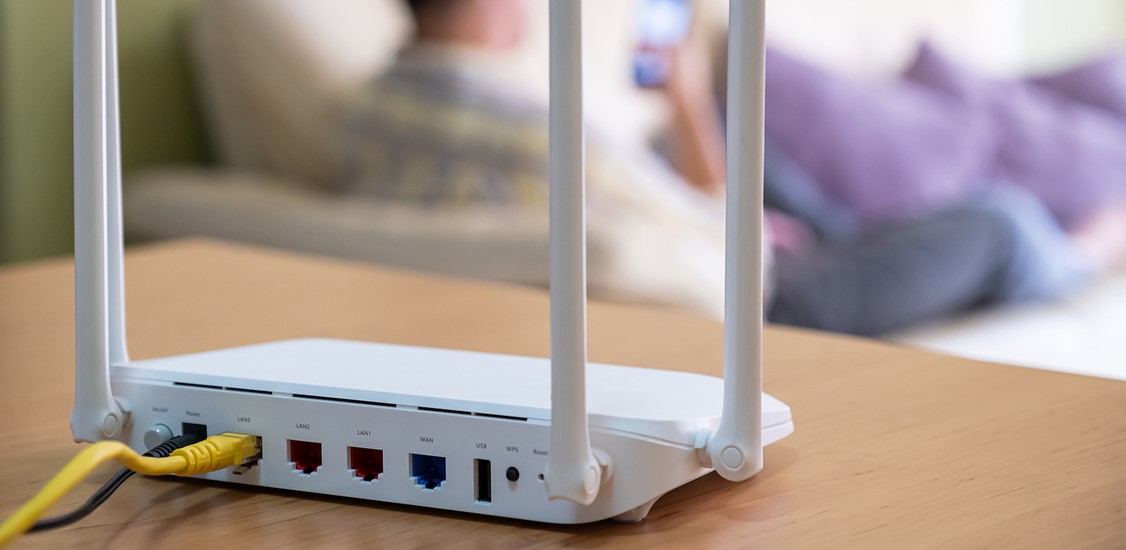Despite rapid progress in the communications sector over the past decade, the improvements in speed and coverage perceived by end customers have not been linear. Radios have become more advanced, power solutions have evolved, and coverage has expanded. Still, the approach to selling access has remained relatively dependent on the last mile cable or fiber, with broadband service providers offering wired internet access.
Now, that dynamic is beginning to change, with the lines blurring between wireless and broadband service providers. Traditional mobile providers are penetrating the broadband space with fixed wireless access (FWA) as their ticket in.
FWA uses radio waves that communicate between a wireless radio and customer mobile device instead of via fiber cable for the last mile connectivity. Historically, wireless connections could not provide the same speeds and throughput as traditional wired broadband connections due to the limited bandwidth (5 MHz, 10 MHz) allocated to wireless connections. But with the rollout of 5G operating at increased bandwidths (for example, 20 MHz, 50 MHz, 100 MHz), wireless broadband functionality is getting closer to - if not better than - cable. Today’s 5G radios even have access to a whopping 500 MHz of bandwidth in the millimeter wave (mmWave) spectrum (24 GHz), an allocation that far surpasses previous generations.
The benefits of FWA
The 5G radios that support FWA networks can be deployed on street furniture and tap power from existing sources, which could open doors to unprecedented wireless connectivity for homes and buildings - and at lower costs. While providers will need to pay for the tapped power and, potentially, rental fees for space on street furniture, depending on regulations), those line items are likely to be more affordable than last-mile trenching for new power and cable lines or building centralized power distribution facilities.
Even better, taking a decentralized approach to deploying small cells can allow providers to tailor coverage to the needs of specific areas, improving coverage and efficiency. With this model, FWA deployments can be positioned as needed to build or boost coverage virtually anywhere. As a result, FWA can be seen as an all-in-one connectivity solution to enjoy seamless connectivity to the same network both inside and outside a building.
5G technology has been marketed as the game-changing leap that will enable a truly connected world, but it hasn’t yet reached its full potential at scale. Eliminating the need for last-mile trenching for power lines and cables will remove significant barriers to connectivity in rural and urban areas alike. Perhaps the most headline-worthy application will be its potential to bolster high-speed connections in densely populated urban areas. While these regions already have access to low-latency connections, adding FWA to the mix will facilitate new use cases. Successful and widespread FWA networks may be the key to bringing smart cities, intelligent architecture, and more to life.
Thoughtfully deployed FWA networks may also open high-speed access to rural and remote regions that may have been left out of the broadband revolution. Whether due to inaccessible terrain or the prohibitive costs associated with last-mile trenching, some areas still lack high-speed access altogether. Per a 2023 congressional report, “Bridging the Gap,” The Brookings Institute estimates that up to 17.6 million (27% of) rural residents in the U.S. do not have access to the technology, with other experts putting the total number at 42 million. FWA may open those regions to a level of connectivity that was previously unthinkable, providing economic and quality-of-life improvements for millions.
Will everywhere be wireless?
As with other innovative leaps, the transition to FWA will not occur overnight, nor for everyone at once. It’s likely to be deployed for greenfield projects first. After all, FWA is unlikely to be a priority in places where existing infrastructure is sufficient to support the area’s demand.
The exception to this rule may be in places where existing DAS deployments can be repurposed to facilitate FWA. The architecture of FWA networks is, in many ways, a descendant of DAS that’s supported by integrated radio/antennas rather than standalone options. As such, replacing 4G antennas with integrated 5G radios could prove a cost-effective and timely way to streamline the implementation of FWA in office buildings, hospitals, or stadiums.
Establishing the backhaul connectivity, however, may prove a significant barrier to FWA deployment. While FWA radios on street furniture can wirelessly communicate with a mobile device, the radio will still have to be “backhauled” to the mobile telecom switching office (MTSO) via fiber. A solution to this obstacle may be on the way, though, in the form of integrated access and backhaul (IAB). FWA radios with IAB features can provide wireless backhaul to MTSOs without the need for fiber connections. With so much bandwidth available in the mmWave spectrum, providers can allocate some to IAB without impacting throughput.
Finally, securing access to the mmWave band of radio spectrum will be essential to FWA’s success. This is the last piece of the regulatory puzzle and will help FWA providers overcome throughput limitations in dense urban areas. Still, with the promise of the technology and telecom providers’ significant investments in it, the U.S. is on the fast track to the FWA revolution. It’s likely that the U.S. will join other countries pursuing the technology - like China, Singapore, and South Korea - in the coming decade.
What’s to come for telecom and broadband providers?
At top of mind for companies within the sector, external vendors, and end users are the business implications of FWA’s expansion. For third-party vendors and original equipment manufacturers, it will be business as usual - with some adjustments. Radio and antenna manufacturers will likely begin making integrated products such IAB or wide-band radios, and power specialists will be tasked with making equipment that can keep up with rising demand and new distribution models.
Perhaps the most significant change power engineers will need to address is the increased energy demands of 5G radios. Current wired connections for distributed antennae system (DAS) applications use Class 2 power, which isn’t a suitable option for FWA due to Class 2’s maximum load limit (100 VA) and its efficiency levels over long distances. However, the emergence of Class 4 power, which was recently added to the NEC and utilizes fault-manager power systems (FMPS) to safely distribute voltages up to 450 V, could provide a solution.
For the impact of FWA on users, we can look to previous transitions as a guide. Take, for example, the transition to fiber. As the technology became more common in urban areas, the cost of access for end-users decreased - though it stayed high in others. As a result of these variations, not everyone with the option to get fiber has changed over. The same is likely to be true for FWA. The one certainty here is that, for those that want it, access to FWA will supercharge the capabilities of their mobile and at-home internet access.
Telecom and broadband providers may face some changes, but it’s nothing they haven’t weathered before. With mobile carriers offering internet access that can compete with wired broadband, consumers may eventually have to choose whether to keep both services or transition to a single provider for home internet and mobile service. In this way, the FWA transition is likely to mirror the shift away from landlines, with bundled offerings and strategic partnerships redefining the market and further connecting our world.




















